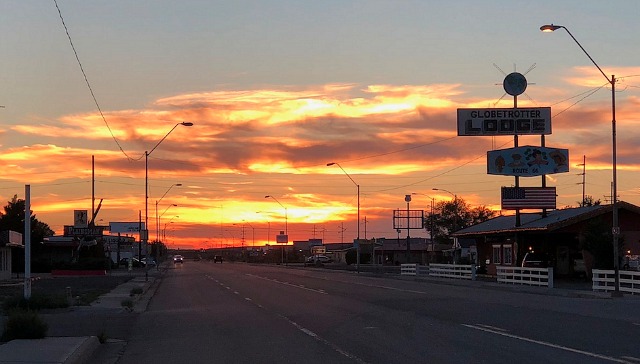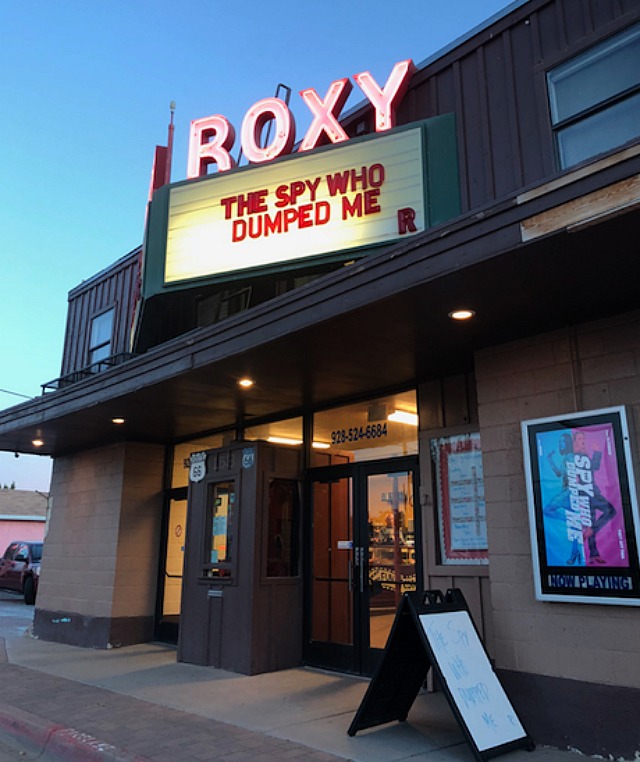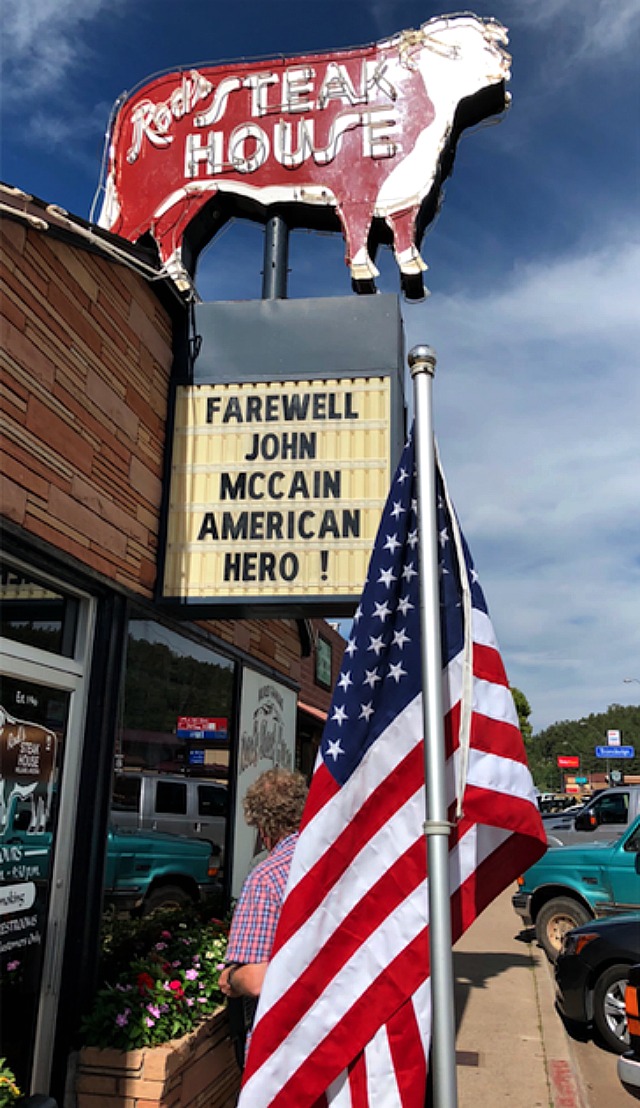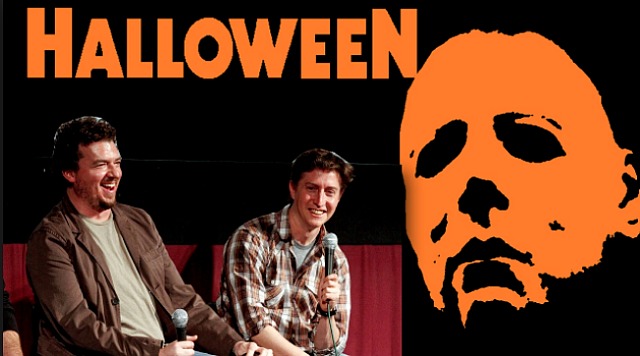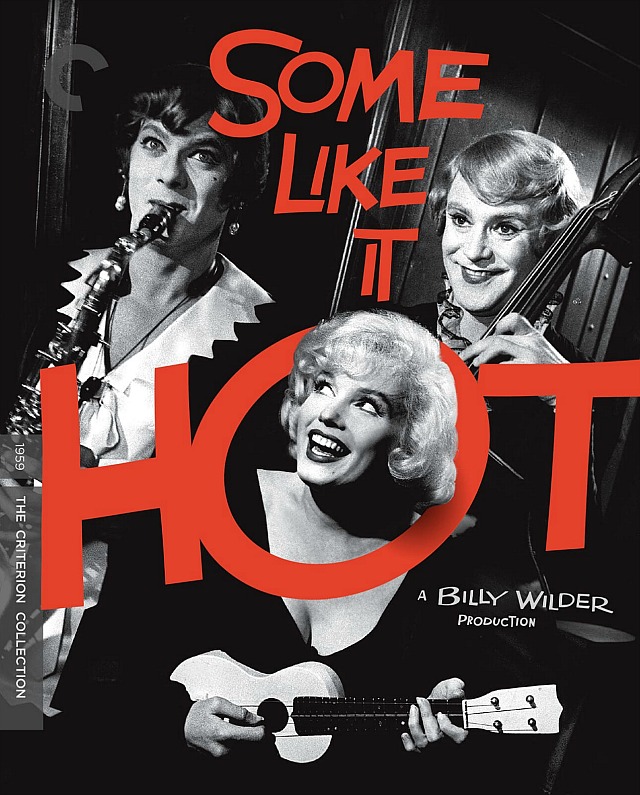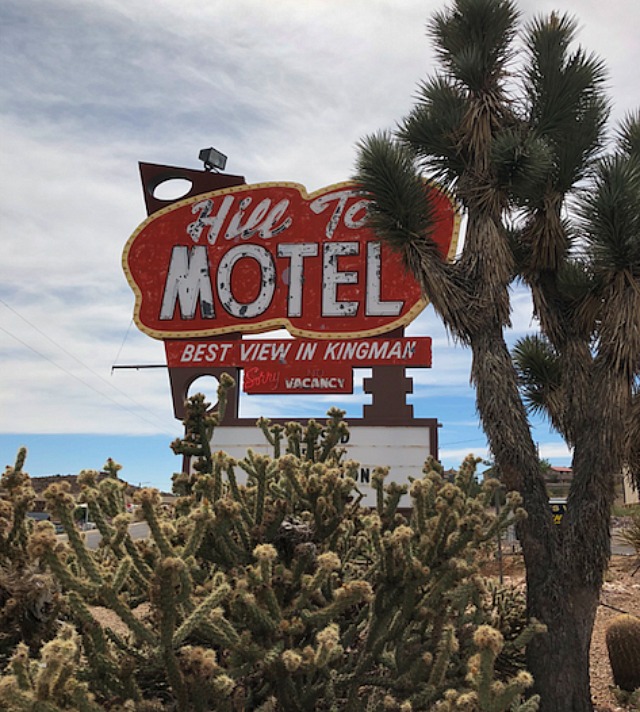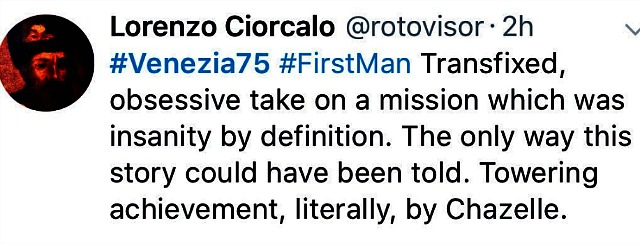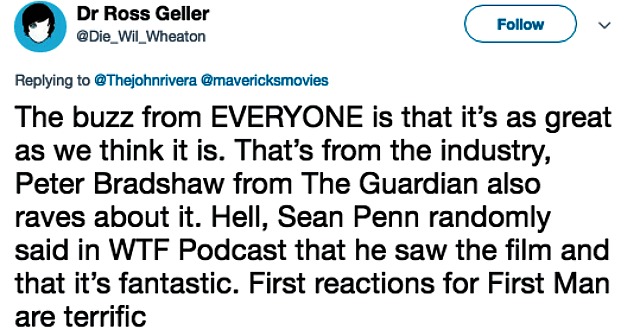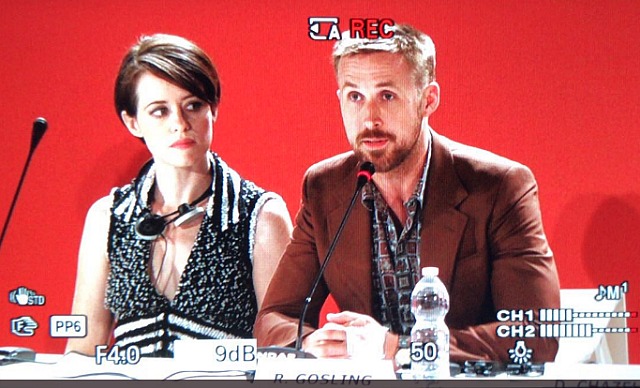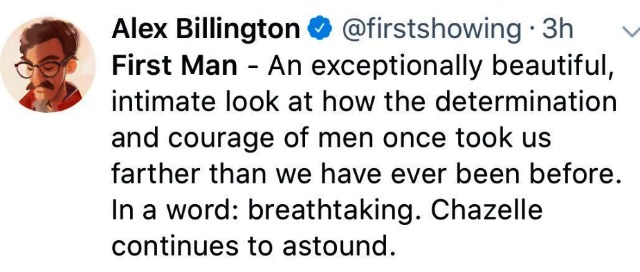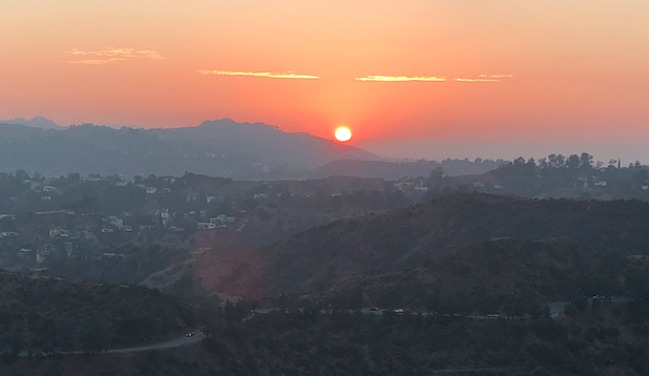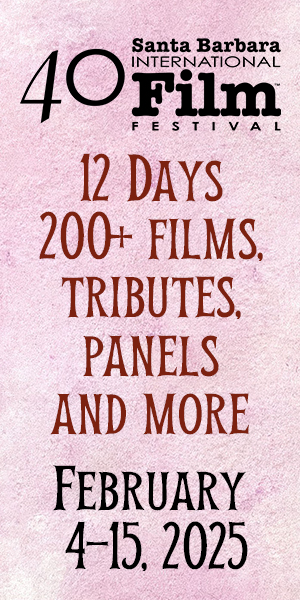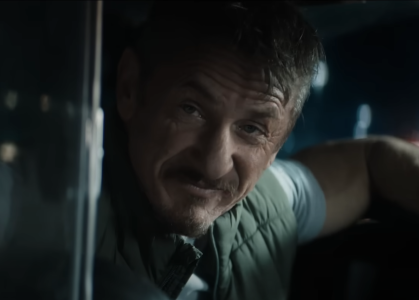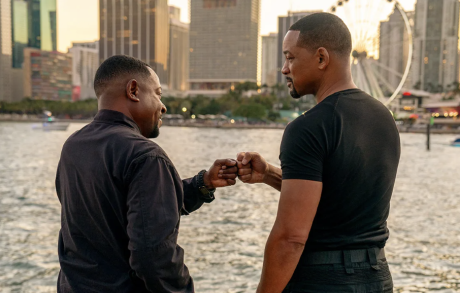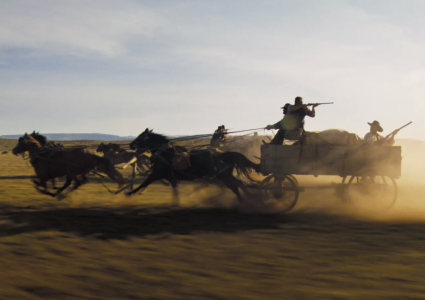The 45th Telluride Film Festival announced its alphabetical slate this morning. The only title that hadn’t been predicted in this or any other space space is Ed Zwick‘s TRIAL BY FIRE, a fact-based wrongful execution drama. The boldfaced titles are those I’m especially interesting in seeing, totalling 18. How many of these will I actually see? 12 or 13, if that.

· ANGELS ARE MADE OF LIGHT (d. James Longley, U.S.-Denmark-Norway, 2018)
· BE NATURAL: THE UNTOLD STORY OF ALICE GUY-BLACHÉ (d. Pamela E. Green, U.S., 2018)
· BIRDS OF PASSAGE (d. Ciro Guerra and Cristina Gallego, Colombia-Denmark-Mexico, 2018)….saw it in Cannes.
· BORDER (d. Ali Abbasi, Sweden, 2018)
· BOY ERASED (d. Joel Edgerton, U.S., 2018)
· CAN YOU EVER FORGIVE ME? (d. Marielle Heller, U.S., 2018)
· COLD WAR (d. Pawel Pawlikowski, Poland-France-U.K., 2018)
· DESTROYER (d. Karyn Kusama, U.S., 2018)
· DOGMAN (d. Matteo Garrone, Italy-France, 2018)…saw it in Cannes.
· DOVLATOV (d. Aleksei German, Russia-Poland-Serbia, 2018)
· FIRST MAN (d. Damien Chazelle, U.S., 2018)
· FISTFUL OF DIRT (d. Sebastián Silva, U.S., 2018)
· FREE SOLO (d. Jimmy Chin and Elizabeth Chai Vasarhelyi, U.S., 2018)
· GHOST FLEET (d. Shannon Service and Jeffrey Waldron, U.S., 2018)


